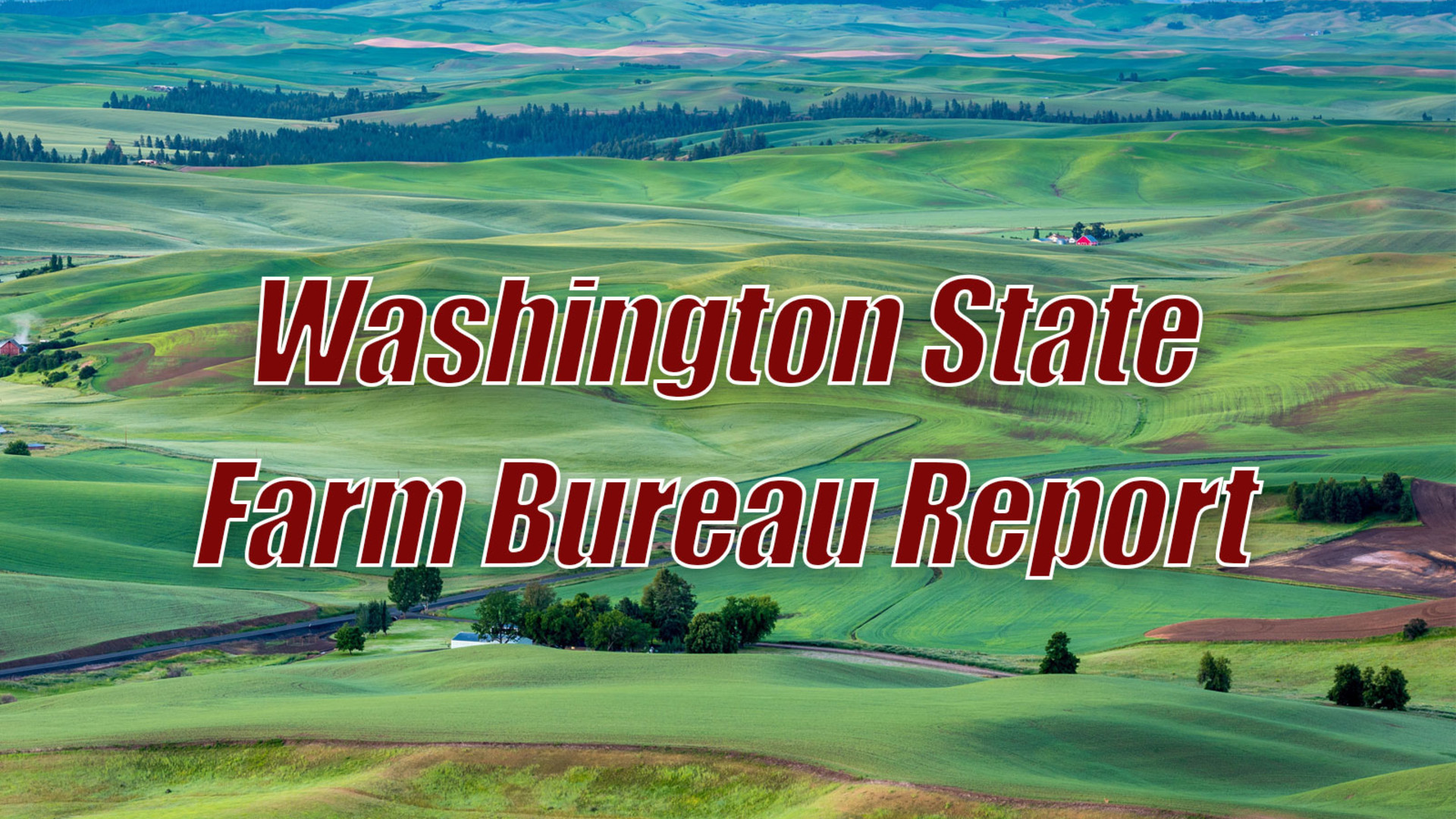Bringing Mars Home
Bringing Mars Home. I'm Greg Martin with Washington Ag Today.We talked yesterday about a recent case study and classroom exercise that discussed the issues with growing food on Mars and the idea has fascinated me. Helen Joyner is the Assistant Professor at the University of Idaho's School of Food Science says even though this case study is done there may be some things we can learn and use.
JOYNER: We do also see very similar challenges here on Earth. Not so much, we have no atmosphere, we have that certainly but in very arid places or places like in the mountains where they need food and the soil is just not good at all for sustaining crops and it's very hard to get there to get materials inane out because of the elevation, because of the slopes, because of the weather, because of a whole bunch of things. You do have these kinds of issues where you have to bring in a limited supply of something and set up your own infrastructure and really get a food supply going and with very little assistance from something outside.
Of course NASA is beginning to explore the possibilities and case studies like this could be invaluable.
JOYNER: You have to consider a whole lot of factors not only is this going to give me a complete nutritional profile so I can not only just exist but live comfortable and in good health but then you have to think about how much water does it need to grow, how much time is it going to take between when I plant the seed and when I harvest. How much post harvest processing does it need.
And that's Washington Ag Today. I'm Greg Martin, thanks for listening on the Ag Information Network of the West.
















